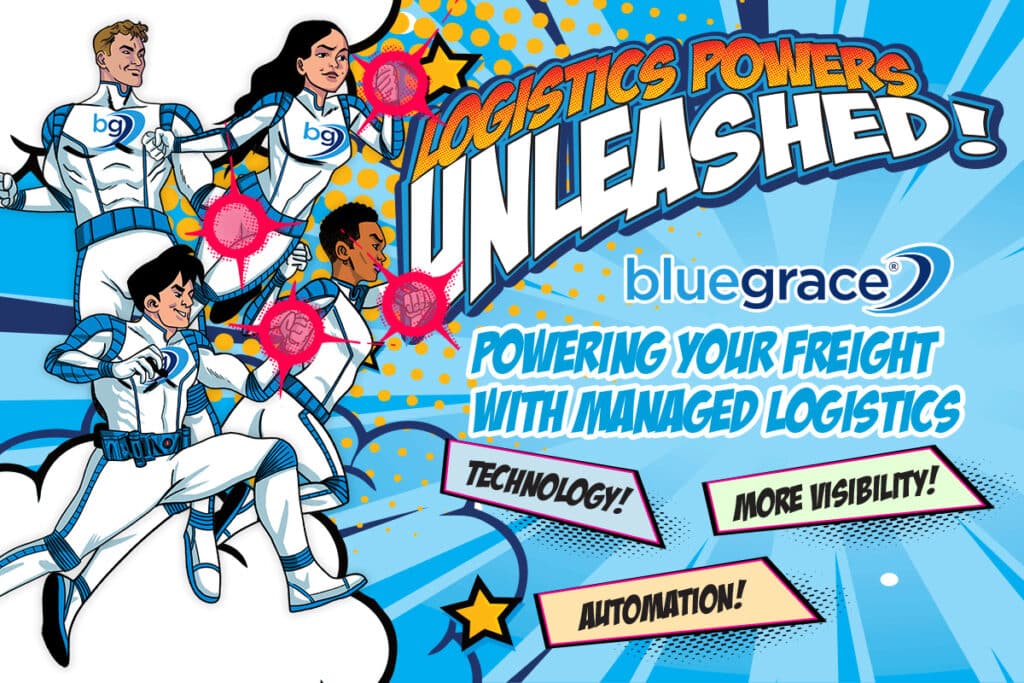
While most supply chains operate on the assumption that if the freight is frozen, something has gone terribly awry. However, some goods need to be kept on ice in order to maintain freshness and comply with food safety regulations.
Much the same as any other supply chain, however, cold and frozen supply chains are also subject to the laws of demand. For example, there are roughly 2.5 billion pounds of beef stockpiled in U.S. cold storage facilities as a result of trade regulations and tariffs set forth by the Trump administration.
Here are some interesting cold storage stats provided by Quartz.
49 million: Pounds of butter in US cold storage in July 1918
310 million: Pounds of butter in cold storage in July 2018
3.6 billion: Cubic feet of cold storage space in the United States
36 million: Temperature-controlled square feet at 2800 Polar Way in Richmond, Washington, the largest cold storage warehouse in North America
$28 billion: The projected value of China’s cold chain market in 2025
25%: The growth rate of India’s cold chain industry
$24 million: The cost of two refrigerators for Air Force One, which must carry 3000 meals in case of an emergency.
A Brief History of Cold Supply Chains
Refrigeration was brought about in the United States in the late 1800s. Originally it was thought that warehouse owners were using cold storage to scam consumers by stockpiling fruits in order to control pricing. However, that notion was quickly set to the side and by the mid-20th century, refrigerated transportation had changed the nature of the supply chain and access to proteins and rarer produce to the average consumer.
As the middle class continues to grow in developing countries, the demand for reefer transport is rising.
Refrigerated shipping containers, “reefer units” were originally invented in the 1950’s and are still used to haul approximately 90 percent of the world’s food trade. As the middle class continues to grow in developing countries, the demand for reefer transport is rising. Anything from food to pharmaceuticals relies on reefer units as these goods make their way around the world.
How a Cold Chain Works
There are a number of different goods that utilize chilled transport: meats, produce, flowers, pharmaceuticals, even transplant organs. While the exact practice varies from product to product the general practice remains the same. Quartz details the step by step for produce.
- The first step is pre-cooling: Getting the harvest from the field to on-site cold storage. A one-hour delay in hot weather means one day less of shelf life at the store. There are a lot of methods, from the simple (shade, spraying water) to the sophisticated (vacuum cooling).
- Then it’s into the reefer. An automated system can fill a truck in 10–15 minutes.
- Next, it moves to a cold storage facility, which is just a giant warehouse with lots of metal shelves. Here’s what an automated one looks like.
- After that, it’s back to the reefer and to the store, where fresh fruit and vegetables are taking up an increasing amount of space.
- Finally, it’s moved out to the display case, where fresh-cut produce has to be maintained between 32℉ and 41℉, a tricky physics problem.
Of course, with more stringent requirements from the FDA, containers have to get smarter as well as the supply chain. One such adaptation is reefer containers that can monitor temperature data in real time. This allows suppliers to monitor and prove that their produce or other temperature sensitive goods have been within acceptable thresholds for the duration of the trip.
Blockchain is expected to play a big role in the future for preventing expired or mishandled food from reaching customers.
Another advancement links that container to data systems, specifically blockchain data, which provides a more or less permanent snapshot into the entire life cycle of the product. There are a number of major players in the food industry including Walmart and Nestle that have had a bad rap for bad food. Blockchain is expected to play a big role in the future for preventing expired or mishandled food from reaching customers. “You’re capturing real-time data at every point, on every single food product,” says Frank Yiannas, vice president of food safety at Walmart, which leads the effort. “It’s the equivalent of FedEx tracking for food.”
One of the biggest advantages to using blockchain for food item supply chains is that the data can’t be faked, changed, or altered. Once the data is in, it’s in for good since blockchain databases work peer to peer instead of being housed on a single server. Additionally, because of the shared nature of the data, it can actually help to cut down on operation costs, by eliminating the need for data silos and processing. Should a food issue arise, the process of tracking down not only the spoiled goods, but the location and other goods that might have been contaminated from the same source can be tracked down in minutes, rather than weeks, which helps protect not only the consumers but the retailer selling the products.
How Can I Simplify My Freight Needs?
This is just one example of the diverse nature of the supply chain and highlights the need for agility, visibility, and flexibility to make it all work. At BlueGrace, we help our customers navigate through the constant changes the industry brings. No matter the situation, we can help simplify your freight needs. If you have any questions about how a 3PL like BlueGrace can assist, contact us at 800.MYSHIPPING or fill out the form below to speak with a representative today!



